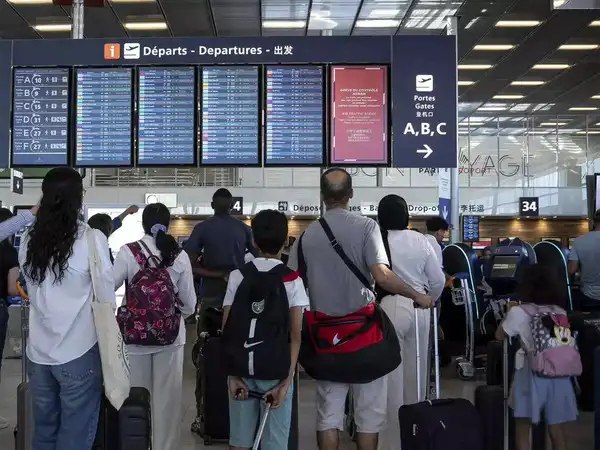On Wednesday, July 30, 2025, air travel across London plunged into chaos after a significant technical fault at the National Air Traffic Services (NATS) Swanwick Air Traffic Control Centre forced the UK’s air traffic authority to sharply limit the number of aircraft operating in the capital’s critical control area. The immediate repercussions rippled through major London airports, with both London City and Gatwick suspending departures and thousands of passengers left stranded or facing extensive delays.
Airspace Disruption: What Happened?
A technical malfunction, specifically affecting radar and traffic management systems at the NATS Swanwick control centre, emerged early Wednesday evening. As a direct result, the UK Air Traffic Authority took the precautionary move to restrict the volume of flights entering and operating within London’s highly congested airspace. Eurocontrol, the pan-European air traffic agency, confirmed a total shutdown began at precisely 2:39pm GMT, gripping airports and flights nationwide in a state of uncertainty.
Key Developments and Immediate Effects
Departures from London City and Gatwick airports were halted as controllers worked to prevent safety risks due to their reduced capacity to monitor and direct aircraft.
Airports including Heathrow, Stansted, and Luton quickly felt the knock-on impact, with all outbound flights paused and inbound flights held or diverted.
NATS engineers pinpointed the issue to the radar systems at Swanwick, whose failure meant controllers could not reliably track aircraft positions at varying altitudes, presenting a potential safety hazard.
The airspace restriction was not a complete closure—some flights continued to land, but all outbound and some inbound services were severely disrupted.
Passengers reported being kept on parked planes or stranded in terminal buildings, while airlines scrambled to arrange information or contingency plans.
Nature and Scope of the Technical Issue
The fault at NATS Swanwick affected the London Control Area—a vast airspace region critical for high-volume arrivals and departures from airports serving one of the world’s busiest urban regions.
Although similar technical glitches have occurred in past years, their immediate identification and rapid containment are key to averting airborne and ground-based risks.
According to official statements, at this stage it was uncertain how long it would take to restore full capacity. NATS and the UK Air Traffic Authority emphasized that safety remained paramount throughout the crisis.
Impact on Passengers and Airlines
Thousands of travelers at London airports experienced severe delays and cancellations, with announcements recommending all fliers check with airlines for real-time updates.
Major carriers, including British Airways and EasyJet, activated support plans, with options for ticket changes or rebookings where possible.
The disruption triggered cascading effects: connecting flights across Europe, flight crew duty time limitations, and delays on long-haul services further afield.
Travel experts warned that even after systems resumed normal operation, delays and disruptions would likely continue throughout the day as airports dealt with backlogs and re-sequenced flights.
Safety and System Recovery
Engineers worked through the evening to diagnose and resolve the technical fault, with NATS apologizing for the widespread inconvenience.
By late afternoon, reports indicated that the immediate issue had been contained, with the process of gradually resuming normal air traffic commencing. Nonetheless, both the air traffic authority and airports acknowledged the possibility of lengthy residual delays.
Authorities recommended all travelers consult airline websites and official airport resources for the most current information on schedules and flight status.
In Summary
Today’s unprecedented technical failure at the NATS Swanwick center demonstrates the delicate balance and complexity of airspace management over London. The rapid escalation from technical concern to restricted operations highlights the critical role played by radar and traffic control systems in safeguarding both passengers and crew. While normalcy is expected to return gradually, the operational and logistical ripple effects will be felt into the night—underscoring the far-reaching consequences of even short-lived faults in Europe’s busiest skies.
Source: Sky News, The National, European Conservative, Irishexaminer, West Bridgford Wire, Yahoo News UK, Metro.

